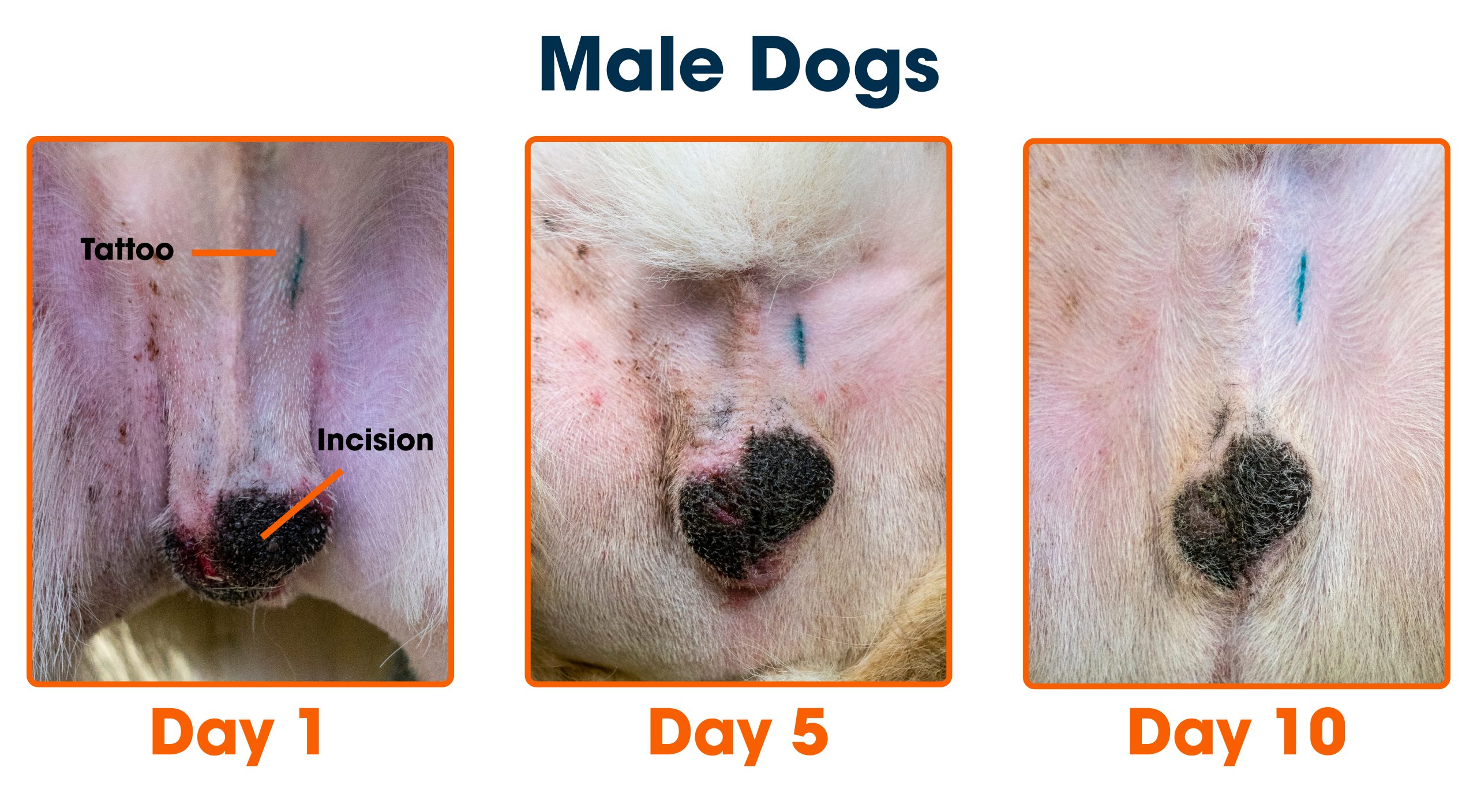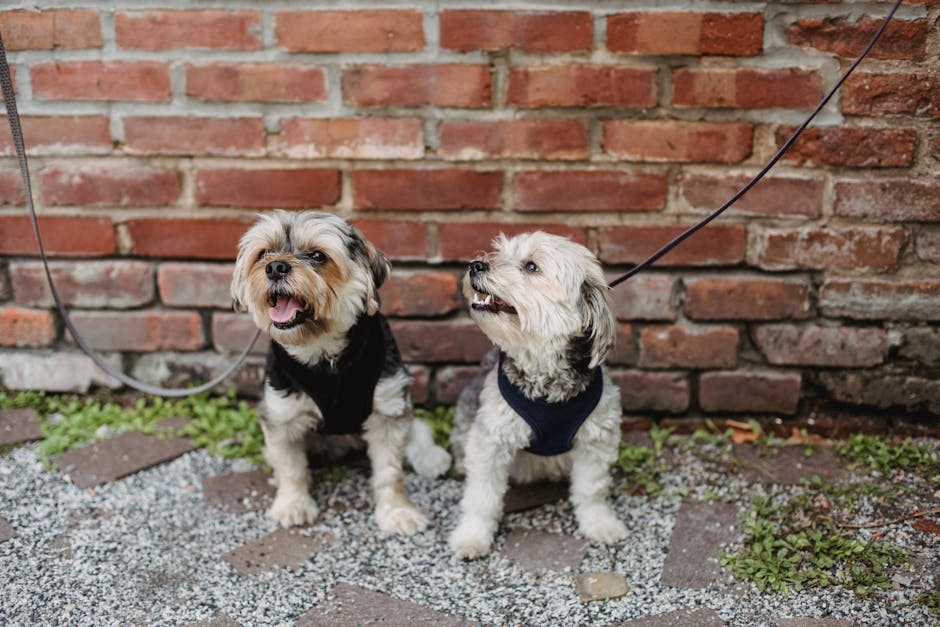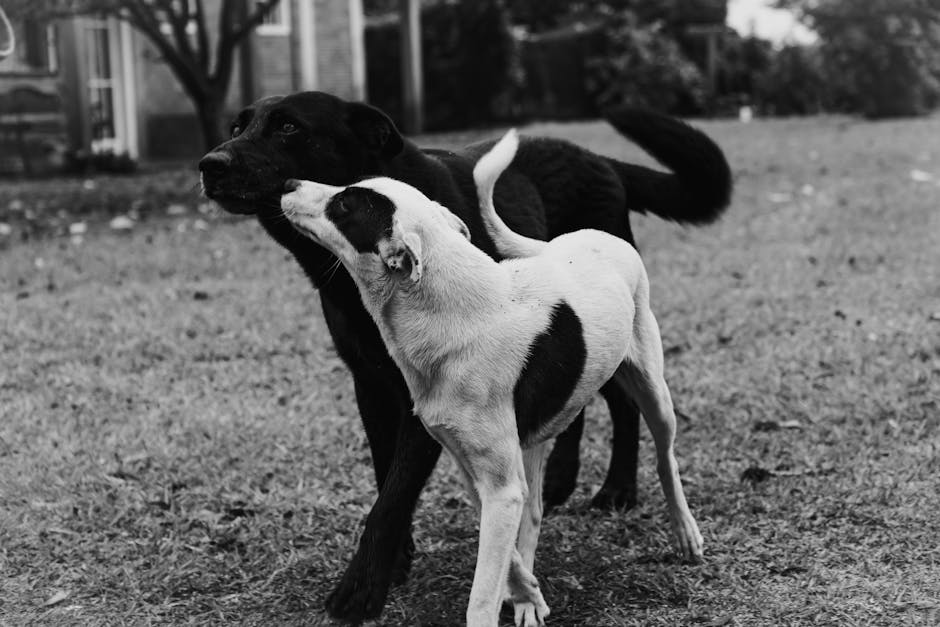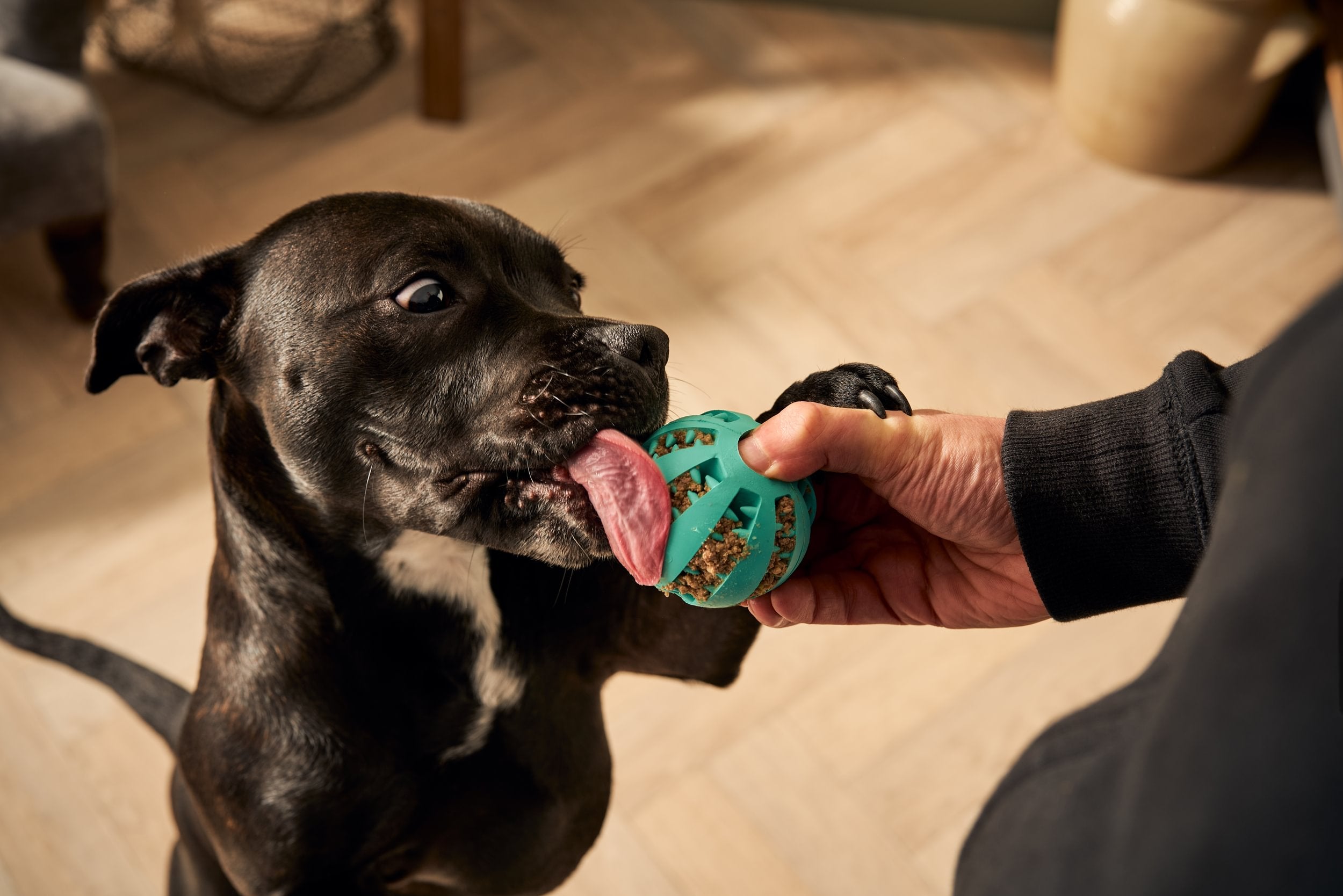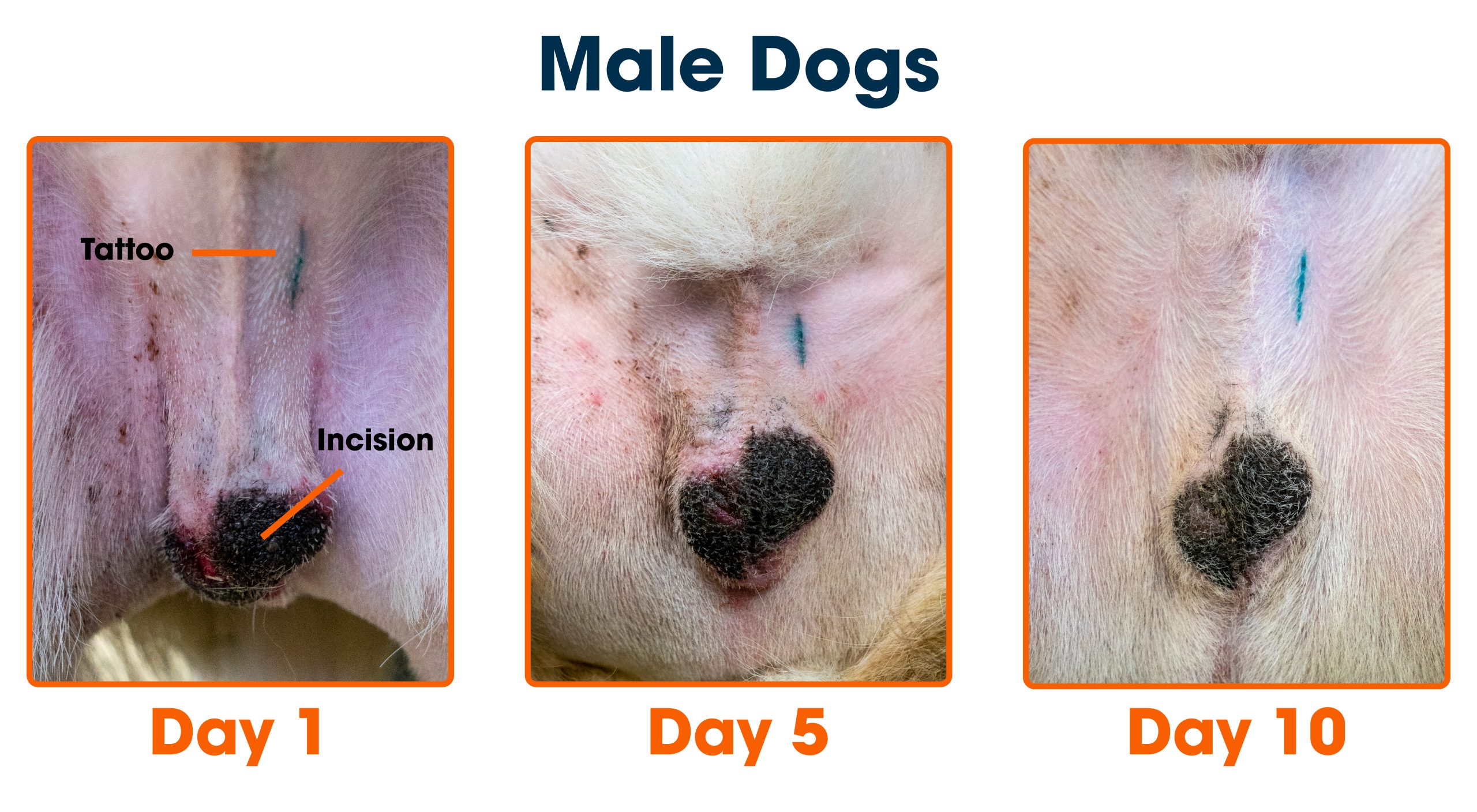If you’re thinking about getting your dog spayed, you probably want to know one big thing: how long will the recovery take? Understanding the healing process helps you prepare and care for your furry friend the right way.
Knowing what to expect can ease your worries and make the whole experience smoother for both you and your dog. You’ll discover how long your dog’s recovery usually lasts, what signs to watch for, and how you can help her feel comfortable every step of the way.
Keep reading to learn everything you need to support your dog’s healing journey.
Spaying Procedure Overview
Understanding the spaying procedure helps you prepare for your dog’s recovery. Spaying is a common surgery that prevents your dog from having puppies. It also offers health benefits like reducing the risk of certain cancers.
The Surgical Process
The surgery involves removing the ovaries and usually the uterus. Your dog will be under general anesthesia, so she won’t feel pain during the operation. This part of the procedure typically lasts about 20 to 30 minutes.
Preparation Before Surgery
Your vet will advise fasting your dog for several hours before surgery to reduce risks during anesthesia. They may also run blood tests to ensure your dog is healthy enough for the operation. You’ll want to keep your dog calm and relaxed before heading to the vet.
Post-operative Care Essentials
After surgery, your dog will need a quiet space to rest. You’ll likely use a cone collar to prevent her from licking the incision. Monitoring for swelling, redness, or discharge is crucial to catch any infection early.
Signs Of Normal Healing Vs. Complications
It’s normal for the incision to look slightly red and for your dog to be a bit tired. However, excessive swelling, bleeding, or a foul smell means you should contact your vet. Is your dog eating and drinking normally? That’s a good sign she’s healing well.
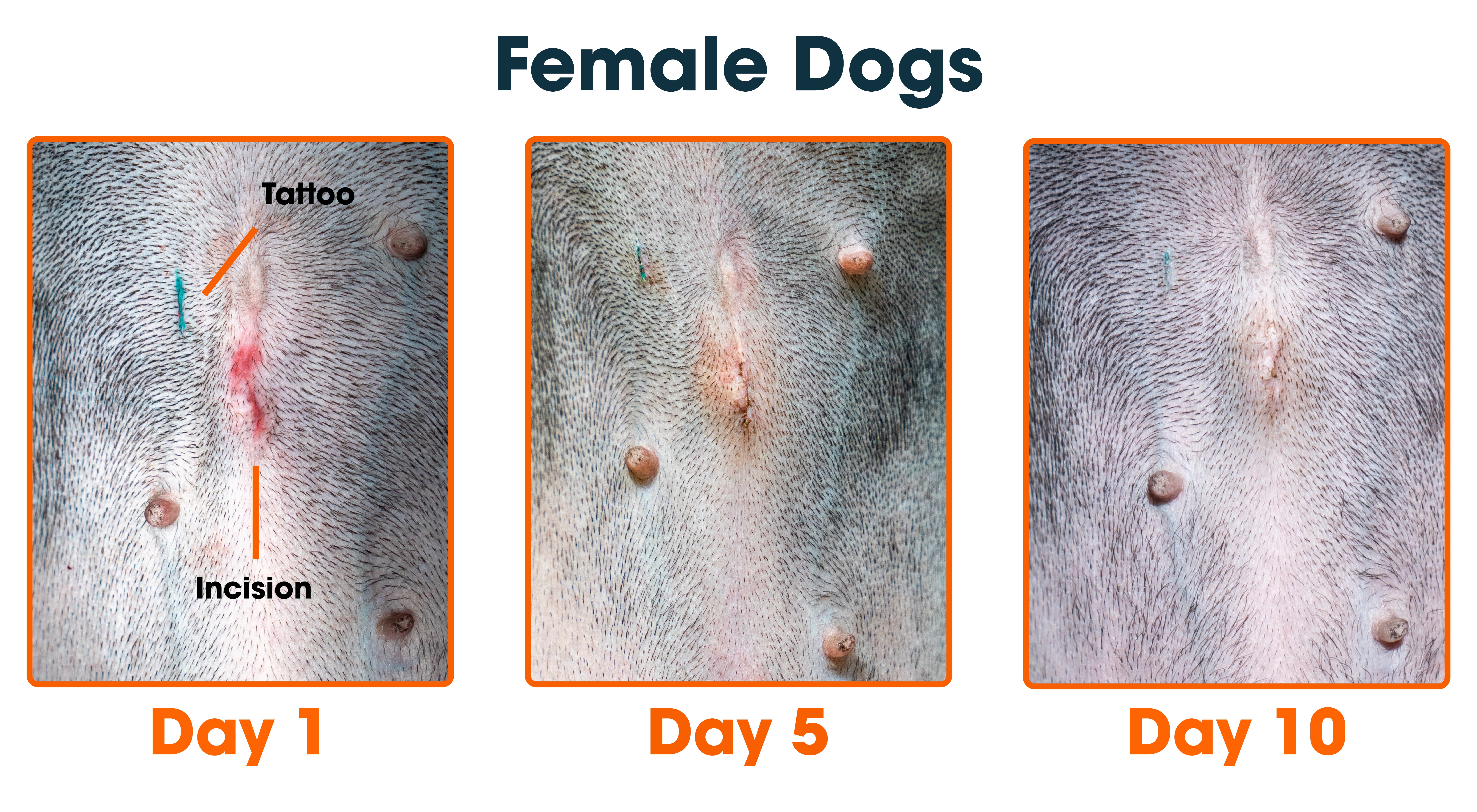
Credit: www.aspca.org
Immediate Post-surgery Care
Right after your dog has been spayed, the immediate post-surgery care sets the tone for a smooth recovery. This phase is crucial because your dog is still waking up from anesthesia and adjusting to the changes inside her body. Your attention here can prevent complications and keep her comfortable.
Monitoring Vital Signs
Keep a close eye on your dog’s breathing, heart rate, and temperature. These vital signs tell you how well she is recovering from anesthesia and surgery. If you notice any irregular breathing, excessive panting, or a temperature that’s too high or low, contact your vet immediately.
Check the incision site regularly for swelling, redness, or discharge. A clean, dry incision usually means healing is on track. If you see anything unusual, such as bleeding or pus, don’t hesitate to get professional advice.
Pain Management
Managing your dog’s pain effectively is key to her comfort and healing. Your vet will likely prescribe pain medication—make sure you give it exactly as directed. Never guess the dose or skip it because your dog seems “fine”; dogs often hide pain well.
Watch for signs of discomfort like whining, restlessness, or reluctance to move. Offering a cozy, quiet space and gentle petting can also help soothe her. Have you noticed how some dogs seem more relaxed simply by your calm presence?
First 24 Hours After Surgery
The first 24 hours after your dog’s spay surgery are crucial for a smooth recovery. During this time, your dog is waking up from anesthesia and beginning to heal. How you manage rest and feeding can make a big difference in her comfort and safety.
Rest And Comfort
Your dog will feel groggy and disoriented as the anesthesia wears off. It’s important to create a quiet, cozy space free from noise and other pets. A soft bed in a warm room helps her relax.
You might notice some shivering or mild trembling—this is normal but keep a close eye for signs of pain or distress. Can you provide gentle reassurance without overstimulating her? Avoid letting her jump or run to prevent strain on the incision.
Feeding And Hydration
Many dogs feel nauseous after surgery, so offer small amounts of water first. If she drinks without vomiting, you can give a tiny portion of her usual food a few hours later. Don’t rush her appetite; watch how she responds.
Keep fresh water available at all times to prevent dehydration. Does your dog seem thirsty or uninterested? Encouraging sips of water periodically can help her stay hydrated without upsetting her stomach.
First Week Recovery Milestones
The first week after your dog’s spaying surgery is critical for her healing and comfort. You’ll notice daily changes as she recovers, and being aware of key milestones can help you support her better. Watching your dog bounce back, even in small ways, gives real insight into the healing process and what she needs.
Incision Care
Checking the incision site every day is a must. Look for redness, swelling, or discharge that might signal infection. Keep the area clean and dry—avoid baths or swimming during this time.
Use an Elizabethan collar if your dog tries to lick or chew the incision. It might seem uncomfortable, but it protects her from reopening the wound. If you spot anything unusual, such as oozing or a bad smell, contact your vet immediately.
Restricted Activity
Limiting your dog’s movement helps prevent complications. No running, jumping, or rough play for at least seven days after surgery. Even short walks should be slow and controlled.
It can be tough to keep an energetic dog calm, but think about how much rest she really needs right now. Could a cozy crate or a quiet room help reduce activity without stress? This downtime supports healing and reduces pain.
Signs Of Complications
Recognizing signs of complications after your dog is spayed is crucial. Early detection helps prevent serious health issues. Watch your pet closely during the recovery period. Any unusual signs should not be ignored.
Infection Symptoms
Infections are a common risk after surgery. Look for redness or swelling near the incision. Discharge, especially if it is yellow or green, signals infection. A bad smell around the wound is also a warning. Your dog may lick or bite the area more than usual. Fever and lethargy can accompany infection too.
Abnormal Behaviors
Changes in behavior may show complications. Excessive whining or crying indicates pain or discomfort. If your dog refuses to eat or drink, it needs attention. Difficulty walking or limping can mean internal issues. Watch for sudden aggression or withdrawal from interaction. These behaviors often signal the need for a vet visit.

Credit: www.facebook.com
Long-term Recovery Insights
Understanding the long-term recovery after your dog’s spay surgery helps you set realistic expectations and provide better care. Recovery doesn’t end when the stitches come out; your dog’s body and behavior adjust over weeks and even months. Let’s look at what returning to normal activity and behavioral changes might look like for your furry friend.
Returning To Normal Activity
After the initial two weeks, your dog will gradually regain energy and mobility. However, complete return to normal activity can take 4 to 6 weeks, depending on your dog’s age and health.
During this period, you should:
- Slowly increase walks and playtime, avoiding high-impact activities like jumping or running.
- Keep an eye on any signs of discomfort or swelling around the surgery site.
- Consult your vet if your dog seems lethargic or unwilling to move beyond the usual recovery timeframe.
One owner shared how their Labrador resumed chasing tennis balls too soon, leading to a minor setback. This shows the importance of patience in the healing process.
Behavioral Changes
Your dog might show subtle or obvious changes in behavior after spaying. Some become calmer, while others might appear more affectionate or sometimes withdrawn.
These shifts happen because spaying affects hormone levels, which influence mood and energy. Watch for:
- Reduced aggression or territorial behavior.
- Changes in appetite or sleep patterns.
- Increased need for comfort or attention.
Have you noticed your dog acting differently after surgery? Keeping a journal can help you track these changes and discuss them with your vet if needed. It’s a chance to understand your pet’s new normal and adjust care accordingly.
Tips For Supporting Recovery
Supporting your dog’s recovery after spaying is key to a smooth healing process. Simple actions at home can make a big difference. These tips help keep your dog safe, calm, and comfortable during this time.
Environmental Adjustments
Create a quiet and cozy space for your dog to rest. Limit access to stairs and slippery floors to prevent injury. Use soft bedding that supports healing and is easy to clean. Keep food and water bowls nearby to reduce unnecessary movement. Remove toys or objects that encourage jumping or rough play. Maintain a calm atmosphere by reducing loud noises and sudden changes.
Emotional Support
Offer gentle petting and calm words to reassure your dog. Stay close but avoid overwhelming her with attention. Watch for signs of stress or discomfort and respond with soothing actions. Stick to regular routines to provide a sense of security. Encourage short, slow walks only when the vet approves. Use treats sparingly to reward calm behavior and cooperation.
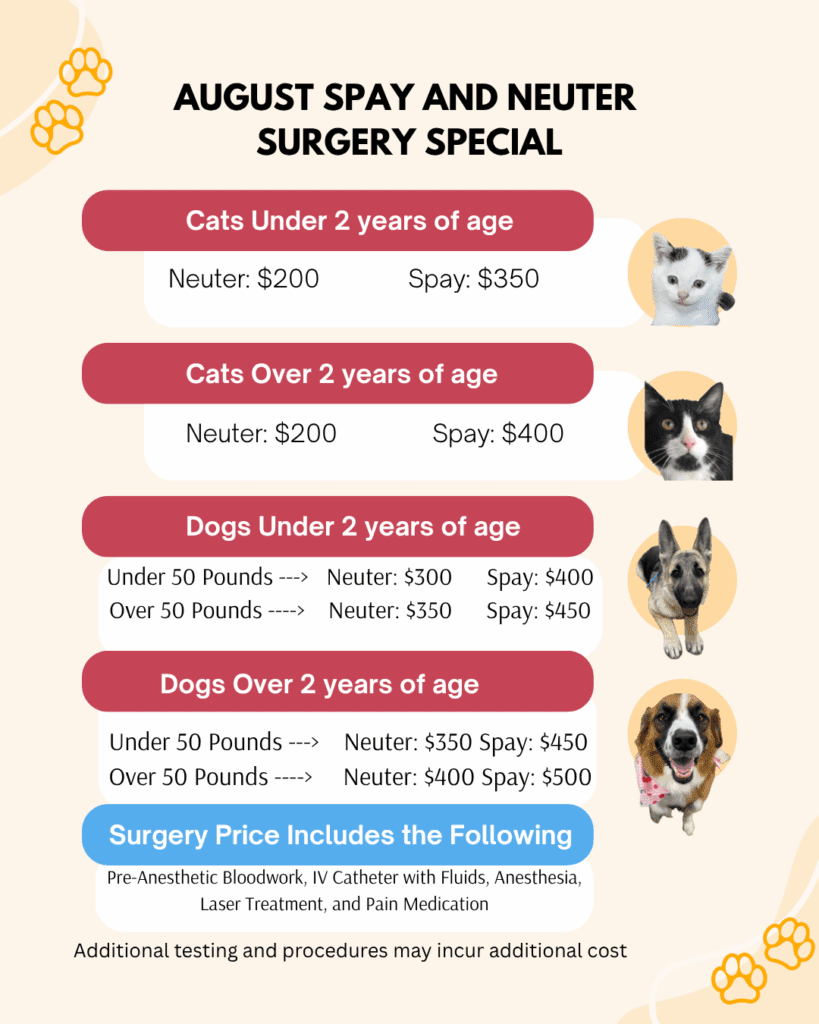
Credit: www.stringtownanimalhospital.com
Consulting The Veterinarian
Consulting your veterinarian after your dog gets spayed is crucial for a smooth and safe recovery. Your vet’s guidance helps you understand what’s normal and when something might need immediate attention. This partnership ensures your dog heals comfortably and without complications.
When To Seek Help
It’s common to worry about your dog’s healing process. But how do you know when to call your vet? Look out for signs like:
- Excessive swelling or redness around the incision
- Persistent bleeding or discharge that smells bad
- Sudden changes in behavior, such as lethargy or loss of appetite
- Continuous vomiting or diarrhea
- Signs of pain that don’t improve with rest
If you notice any of these, don’t hesitate to contact your veterinarian immediately. Early intervention can prevent serious issues and reduce your dog’s discomfort.
Follow-up Appointments
Follow-up visits to the vet are essential checkpoints during recovery. These appointments allow your vet to examine the incision and ensure everything is healing properly. Typically, the first follow-up happens about 10 to 14 days after surgery.
During this visit, the vet may remove stitches or staples and advise you on continuing care. It’s also a great time to ask questions about your dog’s activity level, diet, and any concerns you have noticed at home. Skipping these appointments can delay spotting problems, so make sure to keep them on your calendar.
Frequently Asked Questions
How Long Does A Dog Take To Recover From Spaying?
A dog typically recovers from spaying in about 10 to 14 days. During this time, rest and limited activity are crucial. Your vet will advise on wound care and signs of infection to watch for, ensuring a smooth healing process.
What Are The Signs Of A Healthy Spay Recovery?
Healthy spay recovery signs include minimal swelling, no discharge, and normal appetite. Your dog should gradually become more active. If you notice redness, excessive licking, or lethargy, contact your vet immediately to prevent complications.
When Can My Dog Resume Normal Activities After Spaying?
Most dogs can resume normal activities 10 to 14 days post-surgery. Avoid running, jumping, and rough play during recovery. Follow your vet’s instructions closely to ensure proper healing and prevent wound reopening.
How Can I Ease My Dog’s Pain After Spaying?
Pain relief is managed through vet-prescribed medications. Use only approved painkillers and avoid human drugs. Providing a comfortable, quiet space and gentle care helps your dog feel secure and recover faster.
Conclusion
Recovery after spaying a dog usually takes about 10 to 14 days. During this time, rest is very important. Watch your dog closely for any signs of pain or infection. Keep the incision area clean and dry. Avoid letting your dog run or jump too much.
Follow your vet’s instructions carefully. Most dogs feel better quickly and return to normal activities soon. Patience and care help your dog heal well. Your dog will thank you with good health and happiness.

